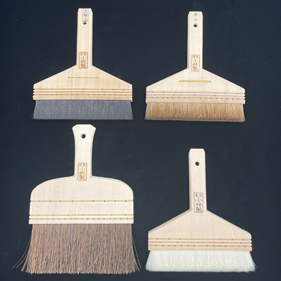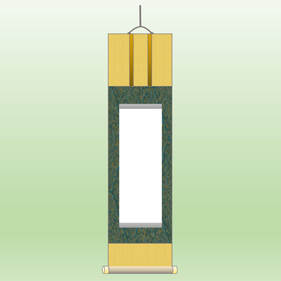Summary
By periodically carrying out appropriate conservation and restoration of cultural properties long after they were first created, these objects can be preserved for the future. It is thanks to the traditions and techniques safeguarded and transmitted through time that we can admire and enjoy the beautiful objects on display in museums. When restoring cultural properties made with traditional materials and techniques, it is essential to select the materials for the restoration with the utmost care so that they match the state and quality of the original, and to apply them appropriately. A variety of materials, tools, and techniques are used to restore cultural properties. Research is also underway on the application of scientific techniques to advance the use of safer and more reliable methods of restoration.
Since ancient times, Japanese culture has evolved under strong influences from continental Asia. Even mounting techniques, such as the kakejiku hanging scrolls and byōbu folding screens, widely known as formats for Japanese paintings, originated in China. Normally, Japanese and other Asian paintings are executed on paper or silk, but they cannot be fully appreciated by looking at the image in isolation. The various ways of mounting a painting, whether as a hanging scroll, a kansu handscroll, a byōbu folding screen, or a fusuma sliding door, have also developed the expression of paintings.
Paper and silk may appear fragile, easily damaged, and susceptible to fires, but they are also timeless materials that can endure long periods of storage if they are produced and handled appropriately. However, since the paste that binds the layers of paper and fabric loses its adhesive strength with the passing of time, regular restoration is necessary at intervals of about once every hundred years. If there is damage to the honshi (the area of the artwork), dust and dirt adhering to the painting is removed to the extent that this can be done safely to prevent further deterioration. It is possible to prolong the lifetime of a work and to secure it for future generations by replacing the paper and backing that support the honshi and by safeguarding it with a mounting of appropriate strength.


